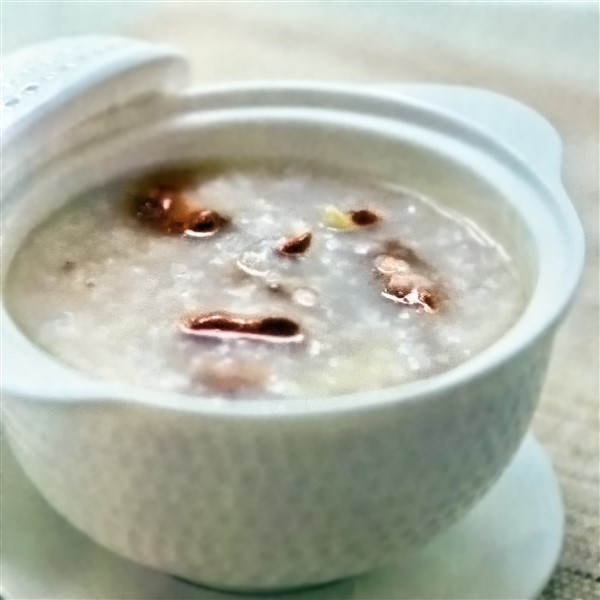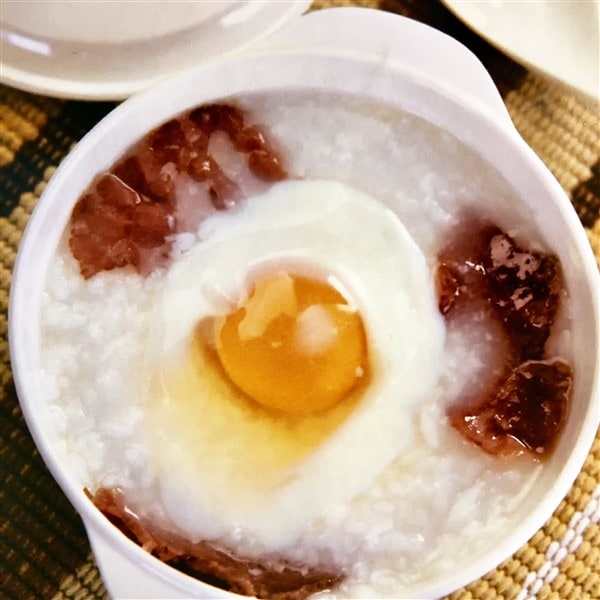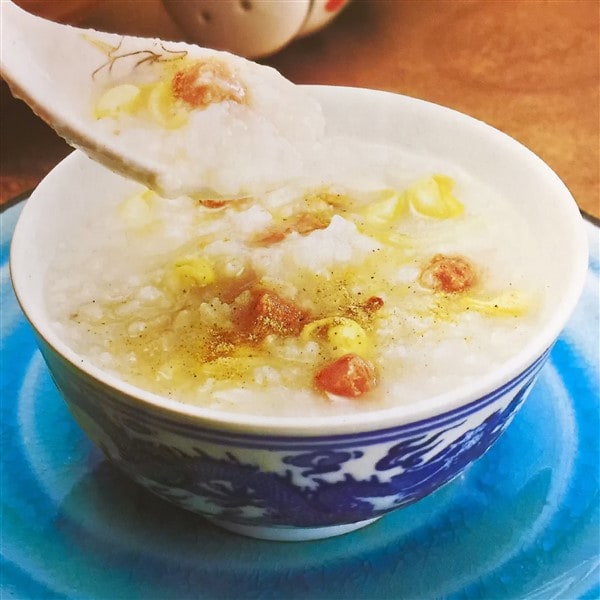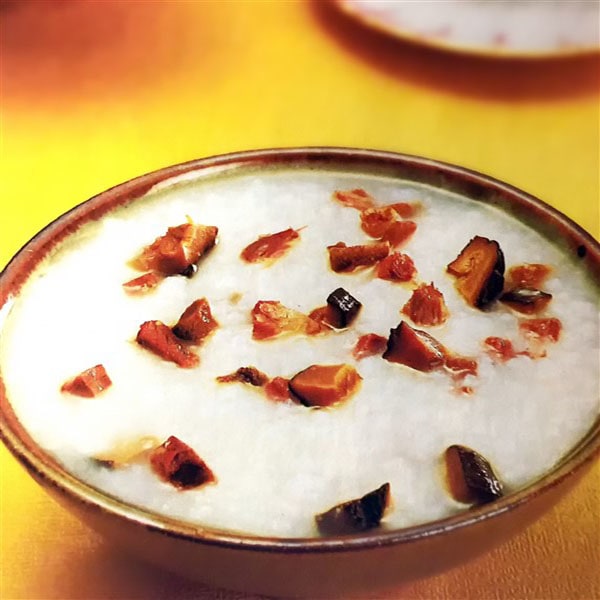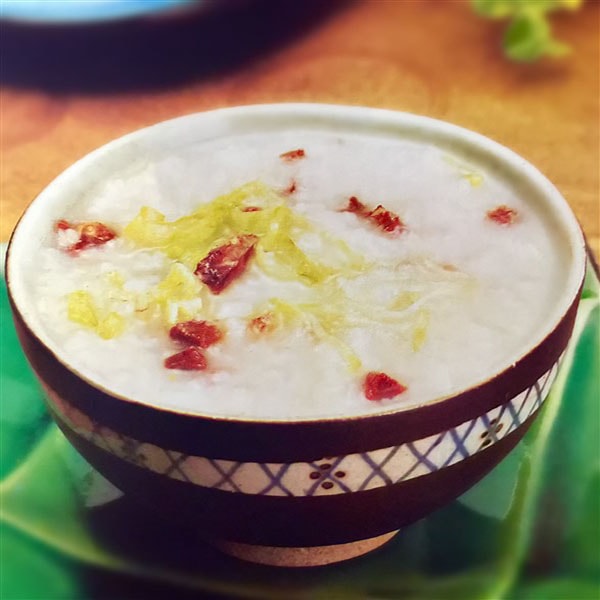Beef Congee
People from Guangzhou are famous for their love of congee. In ancient China, congee was referred to as rice gruel, and in Northern China it is now sometimes called "porridge". From street stalls to high-end restaurants, congee can be seen everywhere in China.
The history of congee in Guangzhou is a long one. For a time, it was fashionable to purchase a bowl of congee from street vendors. Congee represents the leisurely and comfortable atmosphere of old Guangzhou society. In this section of Unfamiliar China, we present to your five different kinds of Cantonese beef congee.
How is Cantonese Congee Made?
Congee is a vital part of Cantonese food culture, and it stands out among all the varieties of congee in China.
As congee is made in the north of China, the water and rice are separated clearly, and the congee is cooked for a relatively short amount of time, with an emphasis placed on the tenderness of the rice. Cantonese congee, on the other hand, is cooked slowly over low heat, with an emphasis placed on the softness, fragrance, and smoothness of the rice. In Cantonese congee, the rice and water should blend together in complete harmony; but while the rice and water should not be separated, the congee should not be so thick as to resemble paste.
Most Cantonese congee dishes are cooked with the sheng gun method, whereby raw ingredients are added to the congee and cooked over an open fire so that the ingredients fuse with the constantly boiling congee. This method brings out the aroma of the congee while preserving the flavor of the ingredients as well. Traditional beef congee is a classic example of this sheng gun cooking method.
The essence of cooking Cantonese-style congee is to bring it to a rolling boil over high heat, simmer thoroughly over low heat, and make it thick in the winter and spring, and watery in the summer and autumn. In dim sum teahouses and restaurants in Guangzhou today, congee is usually made fresh to order.

The Story of the Cantonese People Contained in a Bowl of Congee
Cantonese people decide what congee to eat based on what their bodies need at the moment. For example, if one needs to enrich yin energy and dispel heat, a bowl of congee with pork and century egg would do well to achieve this. If, on the other hand, one needs to nourish the stomach, a bowl of millet congee would be more appropriate. If one has an upset stomach from having eaten too much, a serving of plain congee can help with that. If one has no appetite as a result of the summer heat, mung bean congee is the perfect cure. If one needs to eliminate dust and clear the lungs, blood jelly congee will do just the trick. In this way, Cantonese people have intelligently integrated medicinal knowledge into their diets.
Of course, Cantonese people are not just particular of the therapeutic effects of congee; they also demand a great taste. Beef congee, for example, which supplements the spleen and stomach and boosts qi and blood, has a savory, meaty taste. Dried carp and peanut congee, which strengthens bones and teeth, has a strong taste that is light but not bland, making it a great dish for children. Pork congee with assorted innards, which supplements the center, boosts qi, and brings good fortune, has a fresh, fragrant flavor. Sampan congee, loved by young and old alike, is bursting with flavor and has a fine, smooth texture. This cornucopia of congee uses a wide variety of ingredients, and each recipe has its own unique charm.
